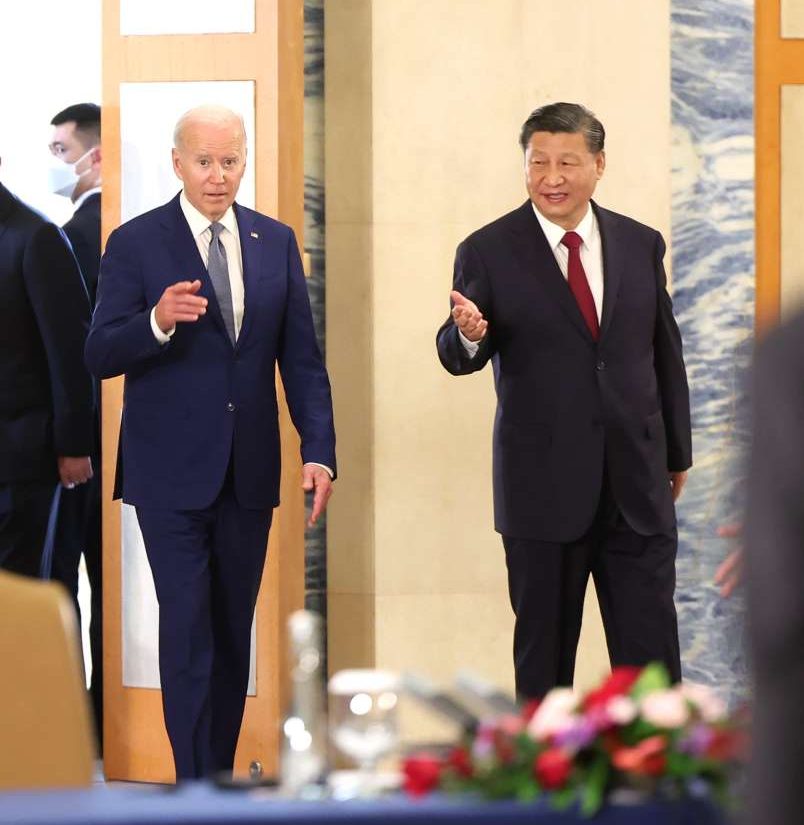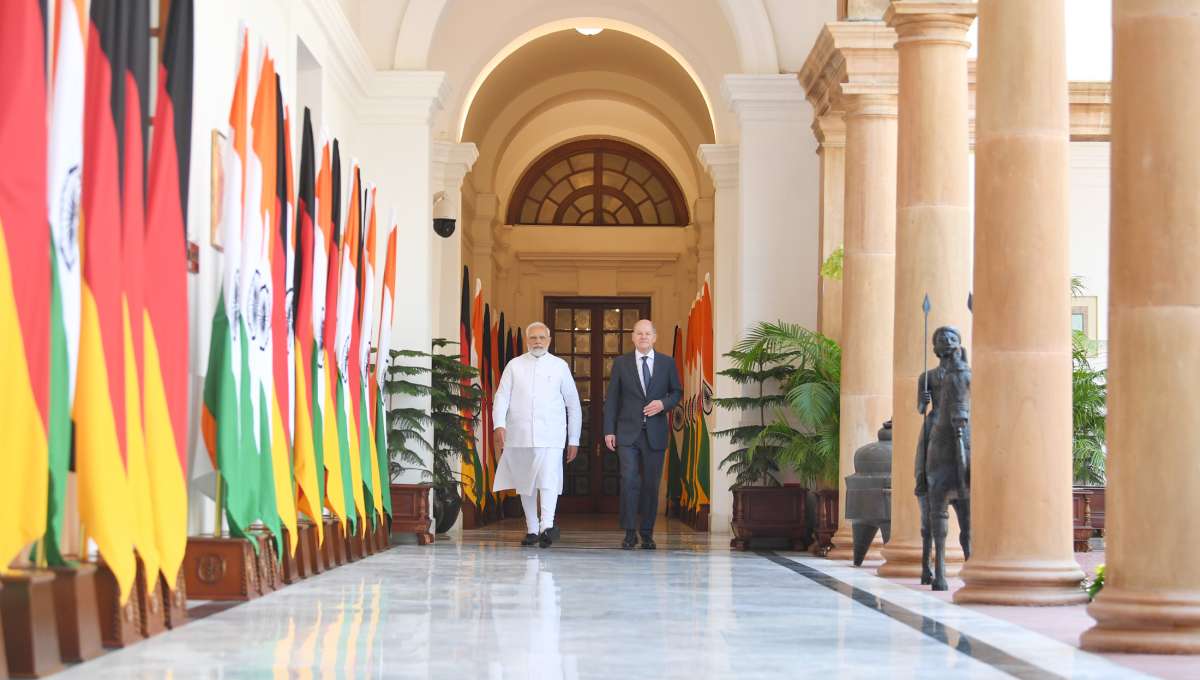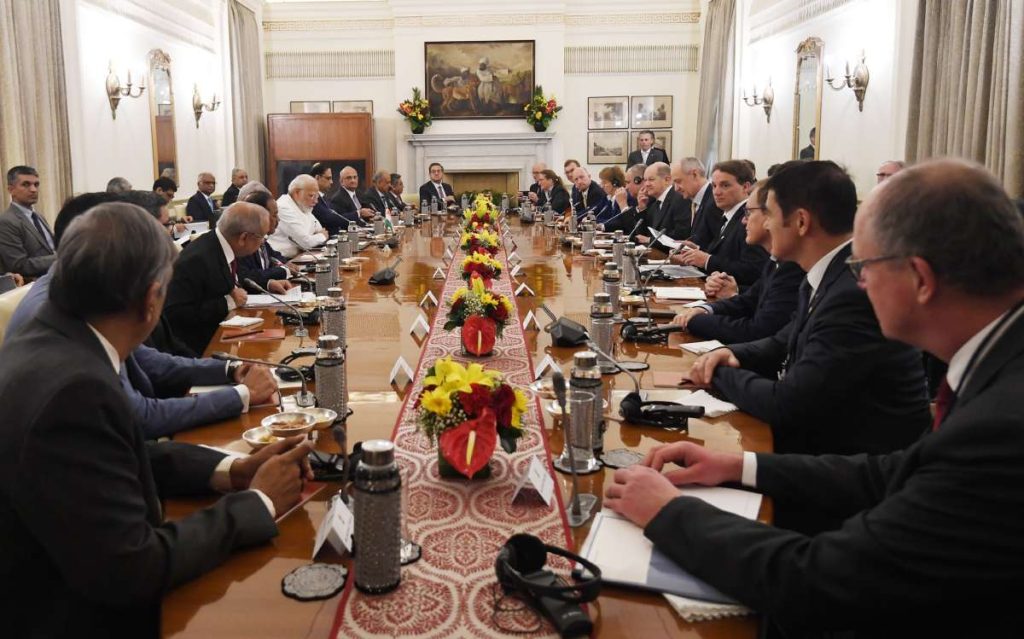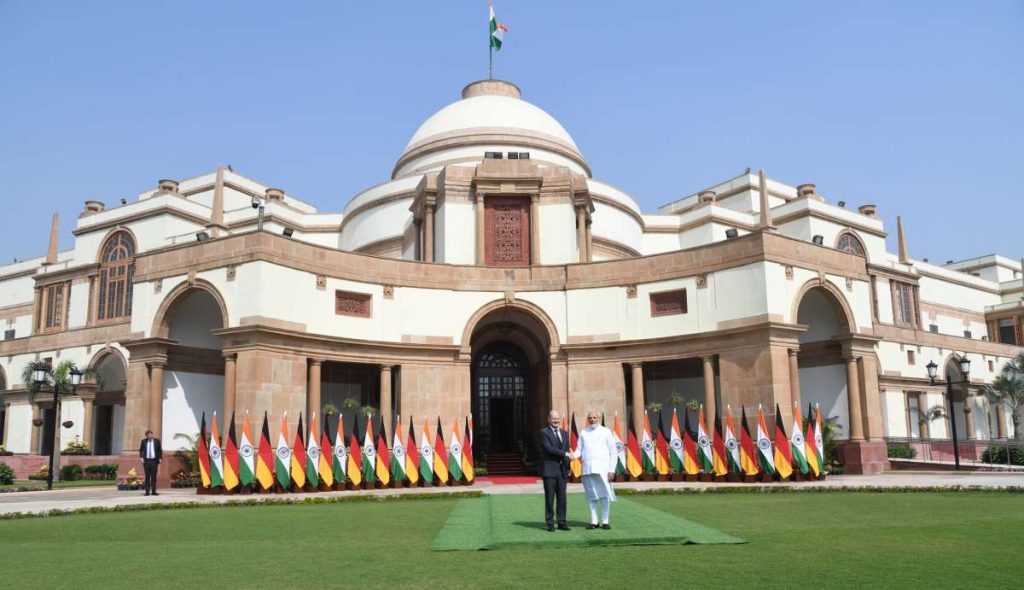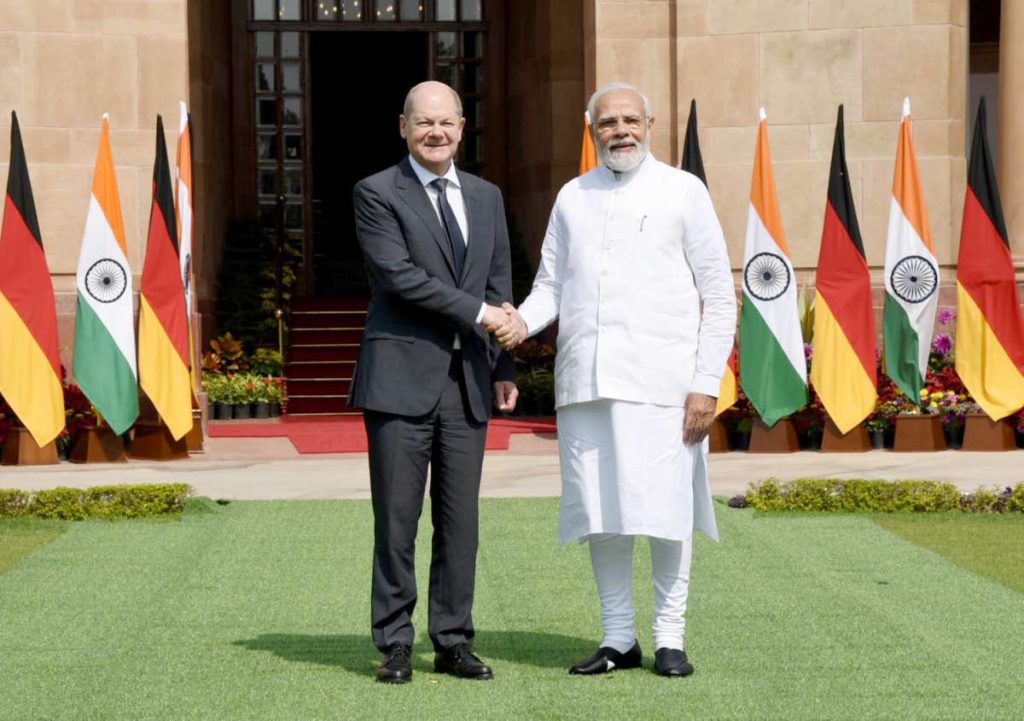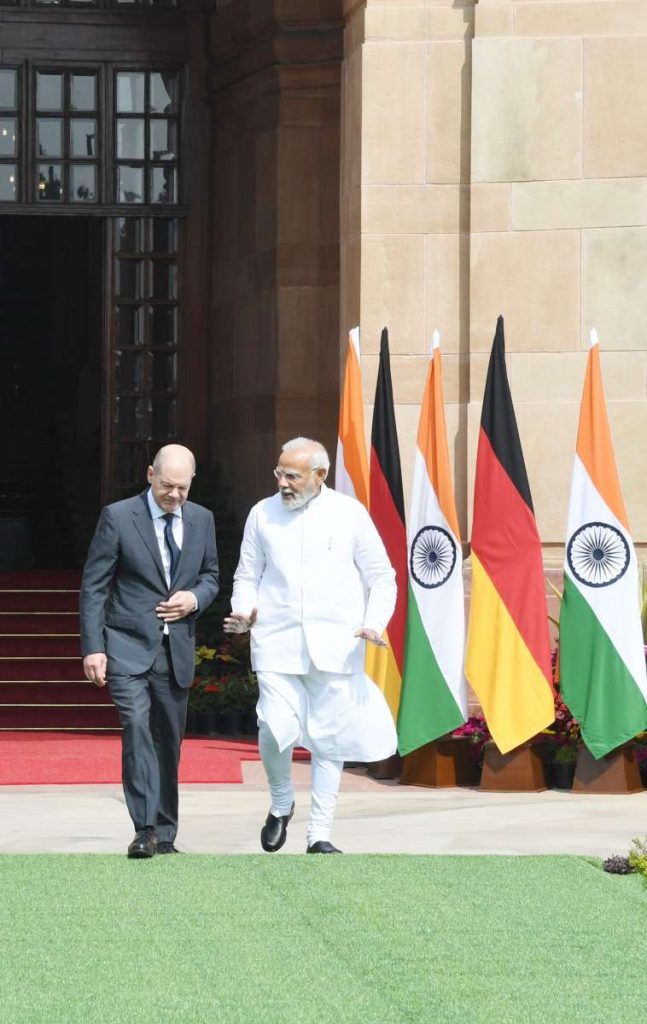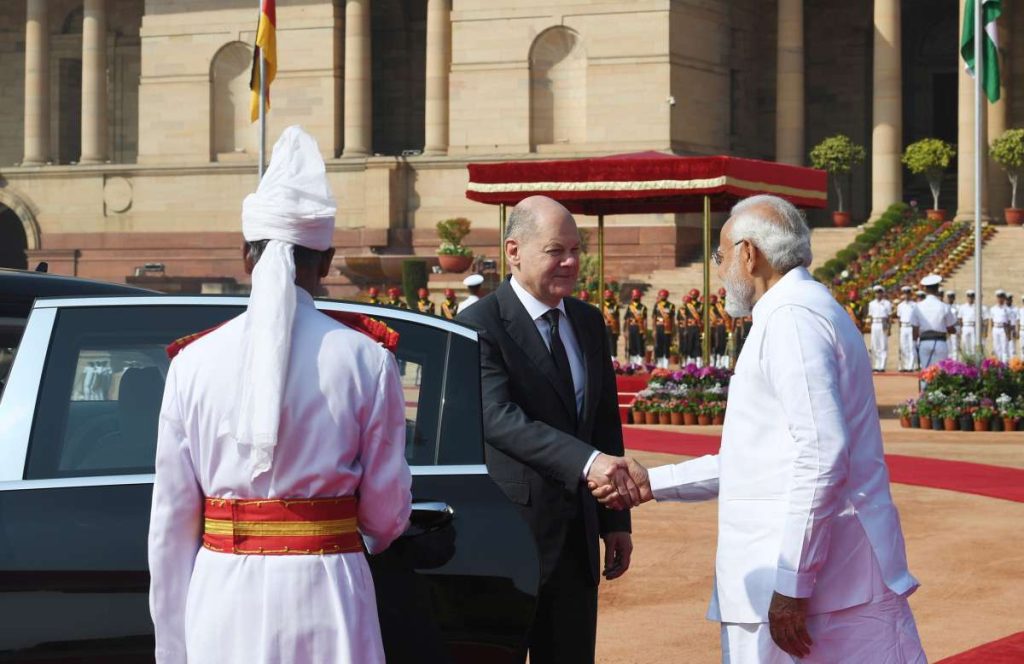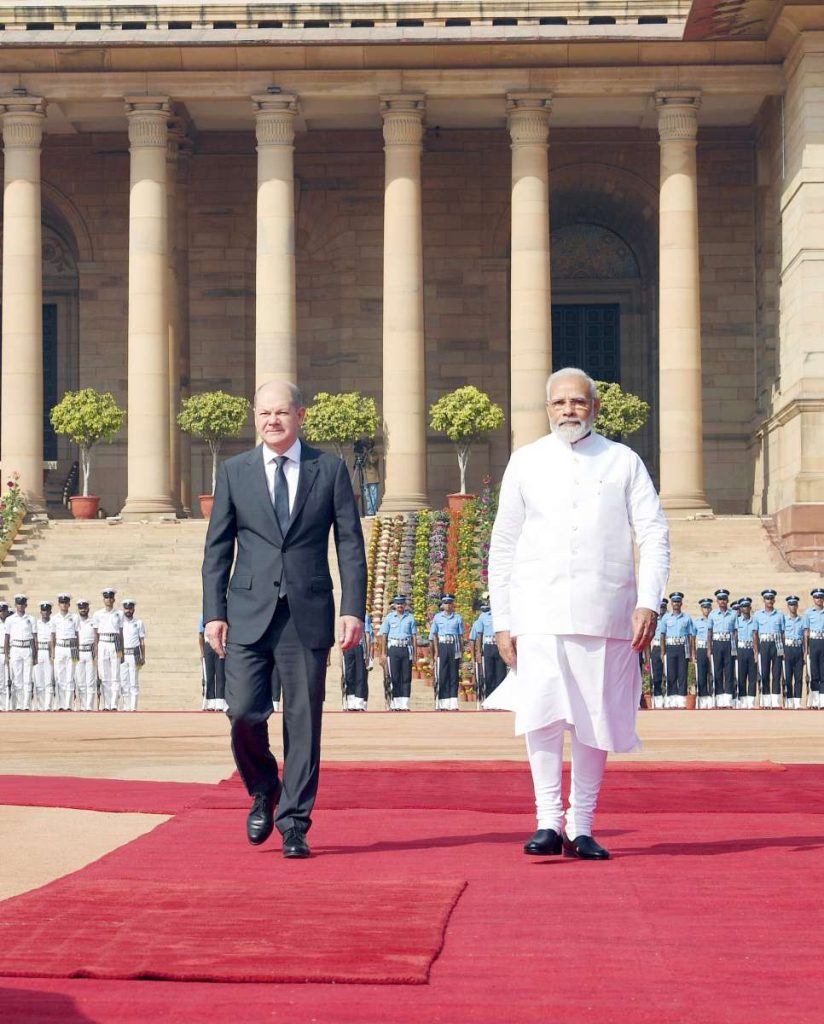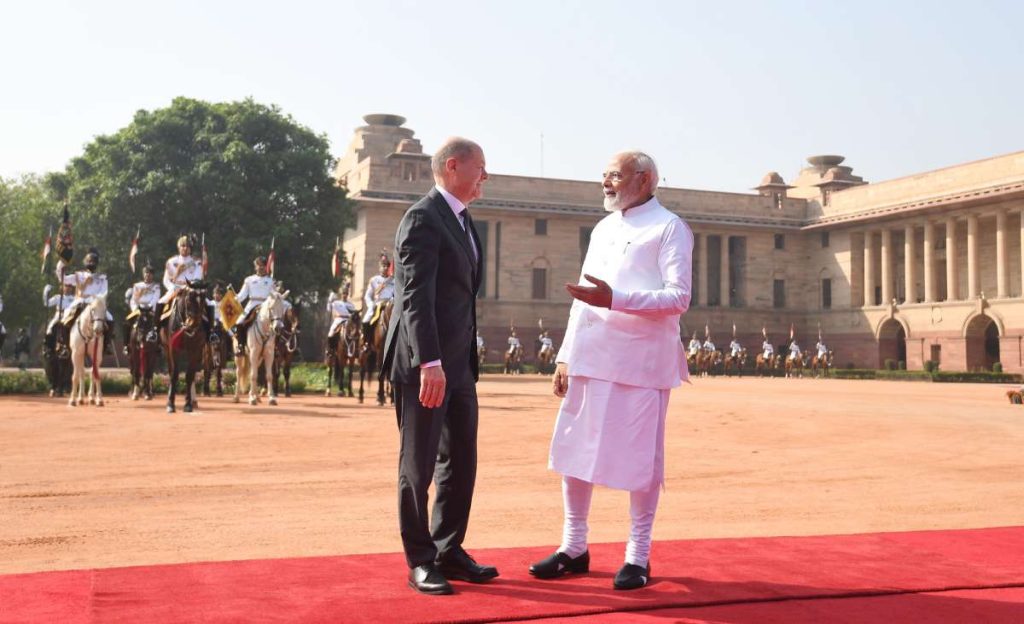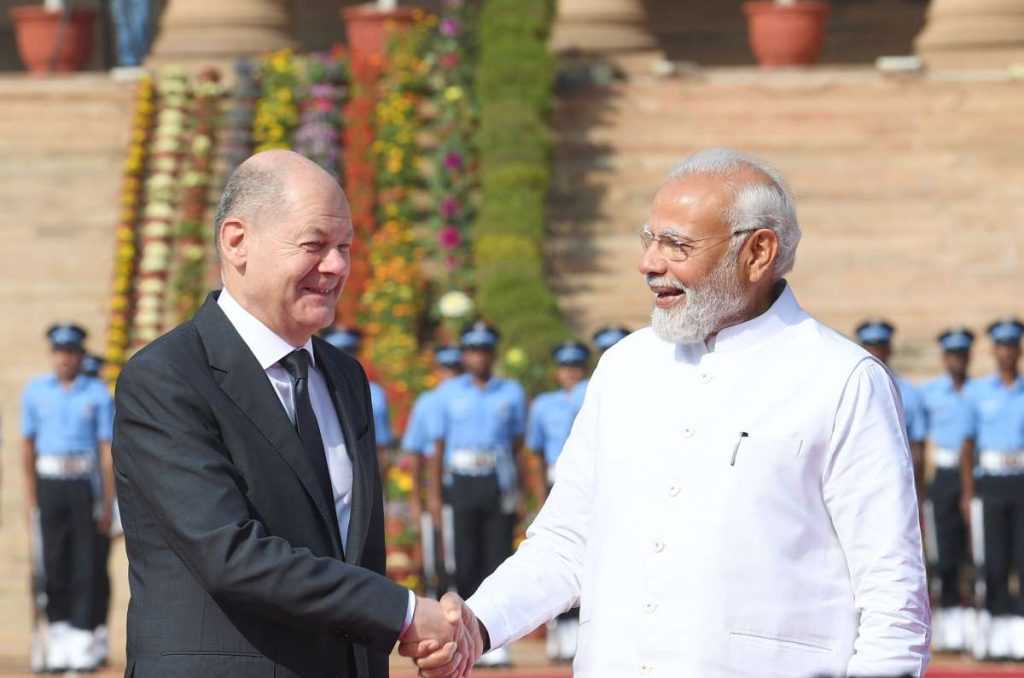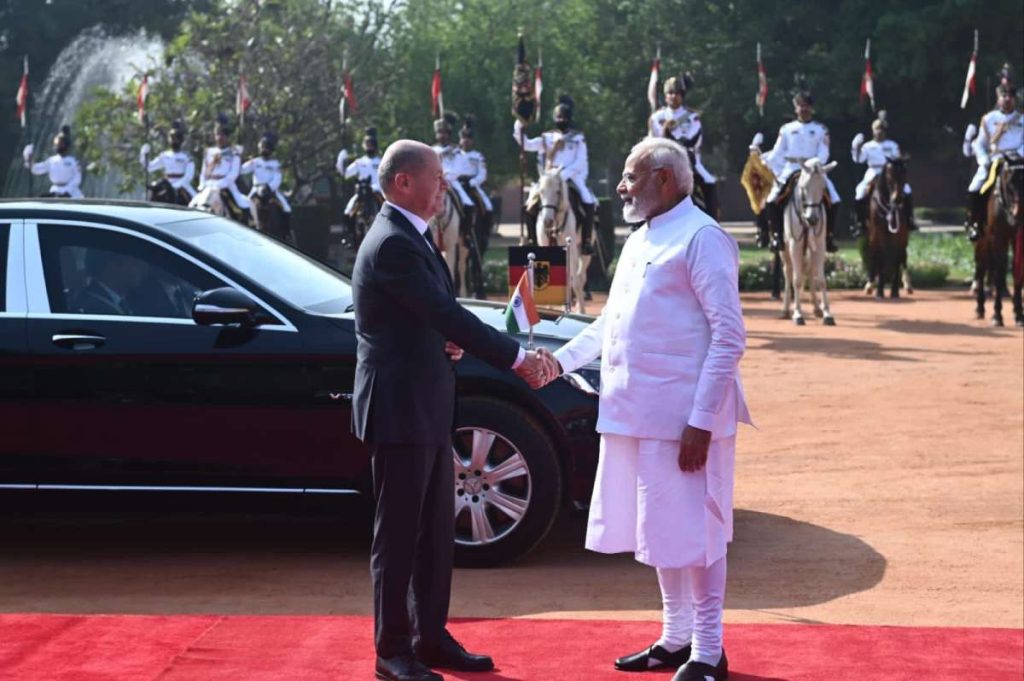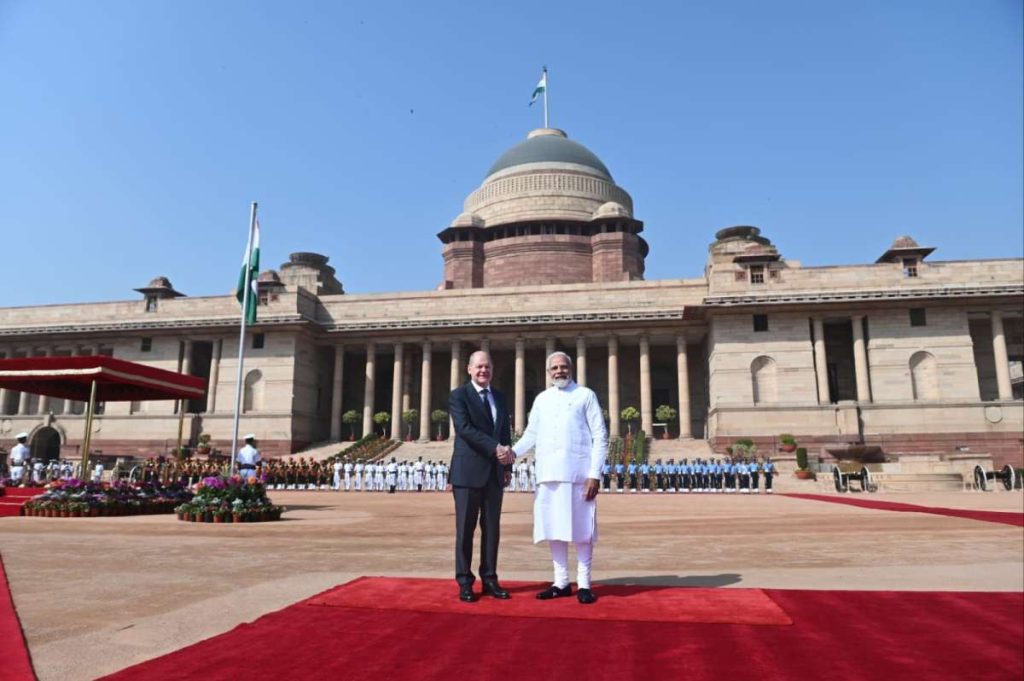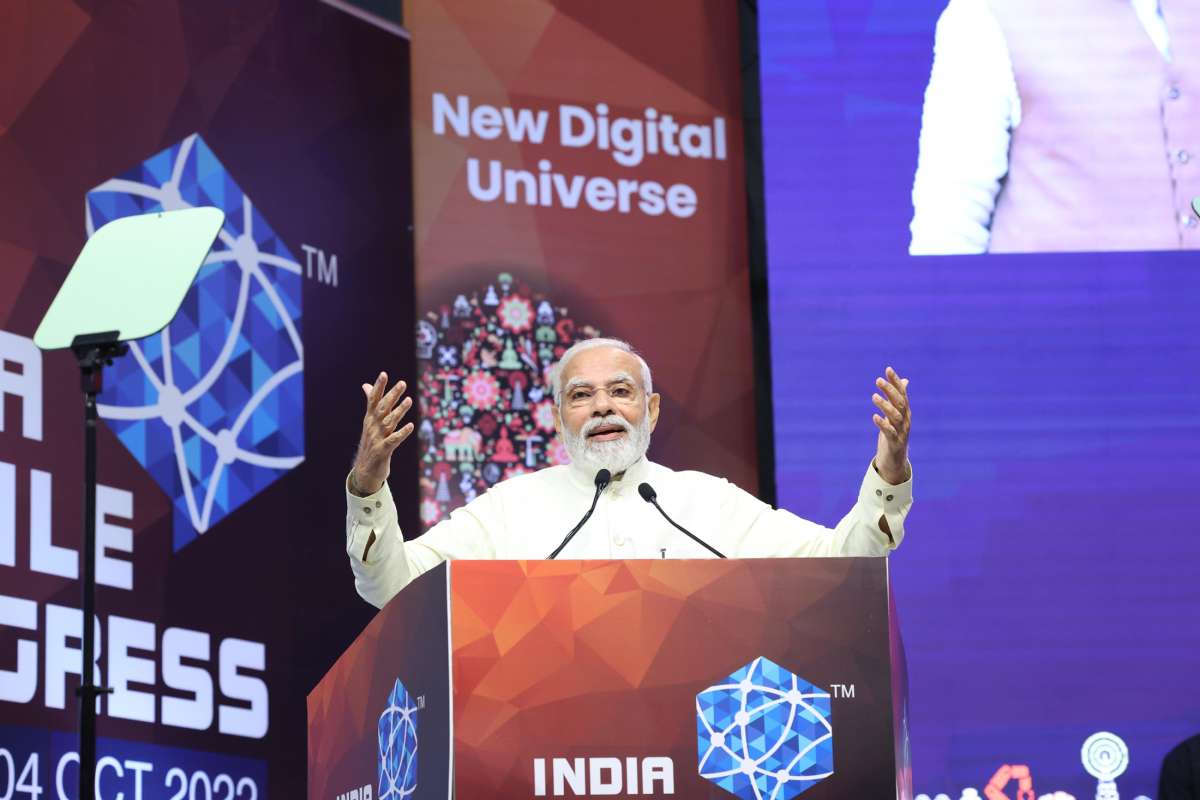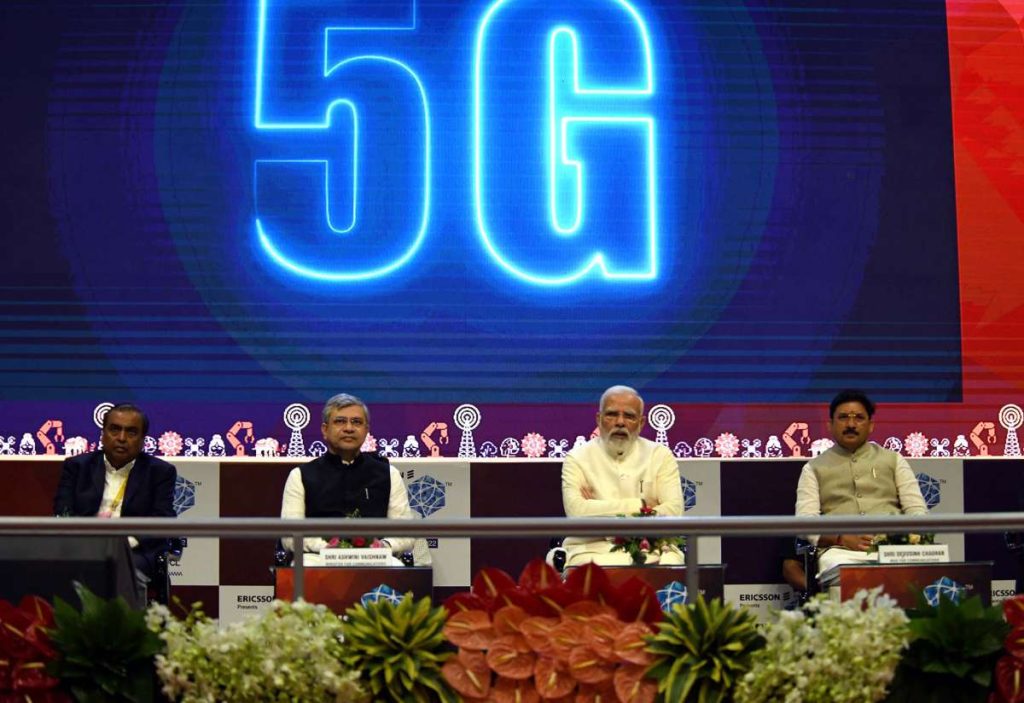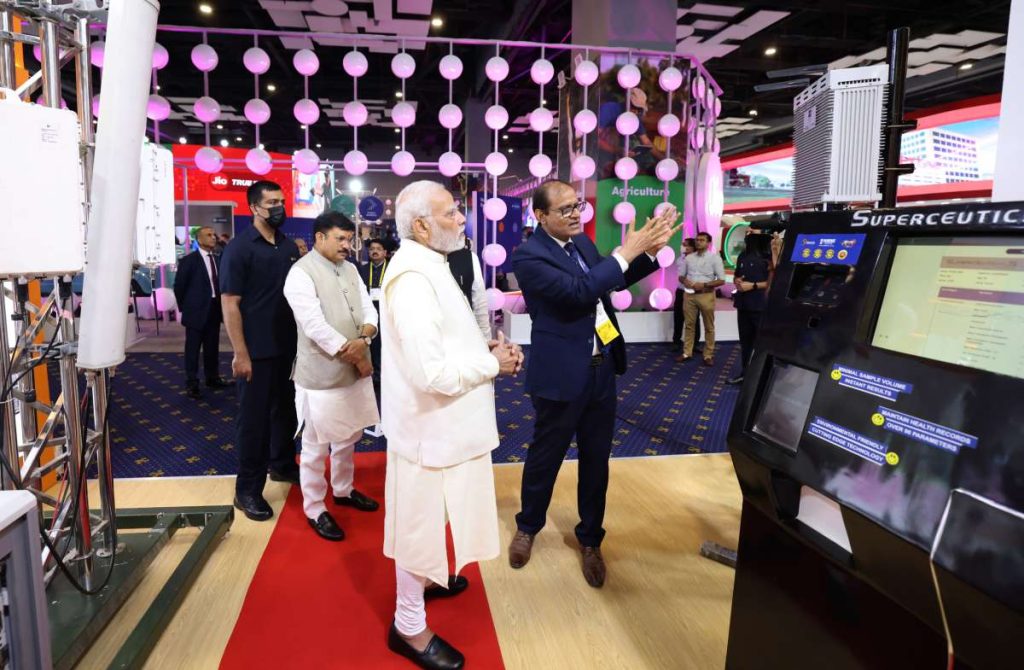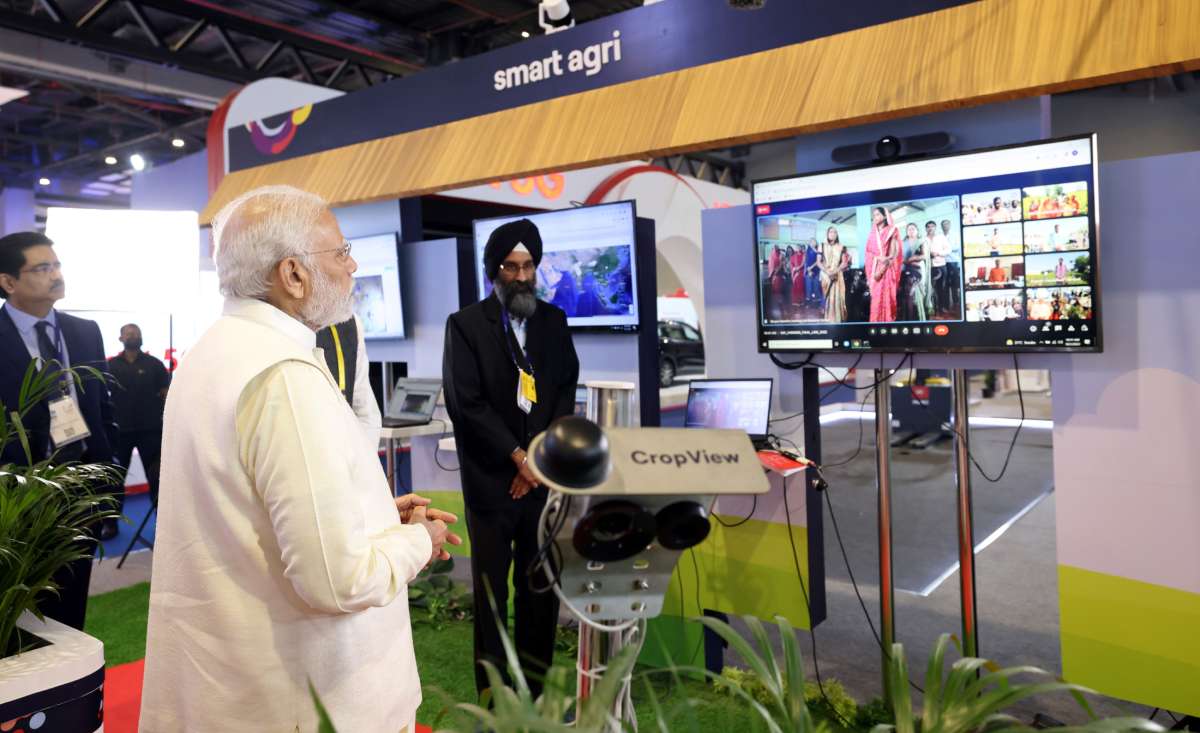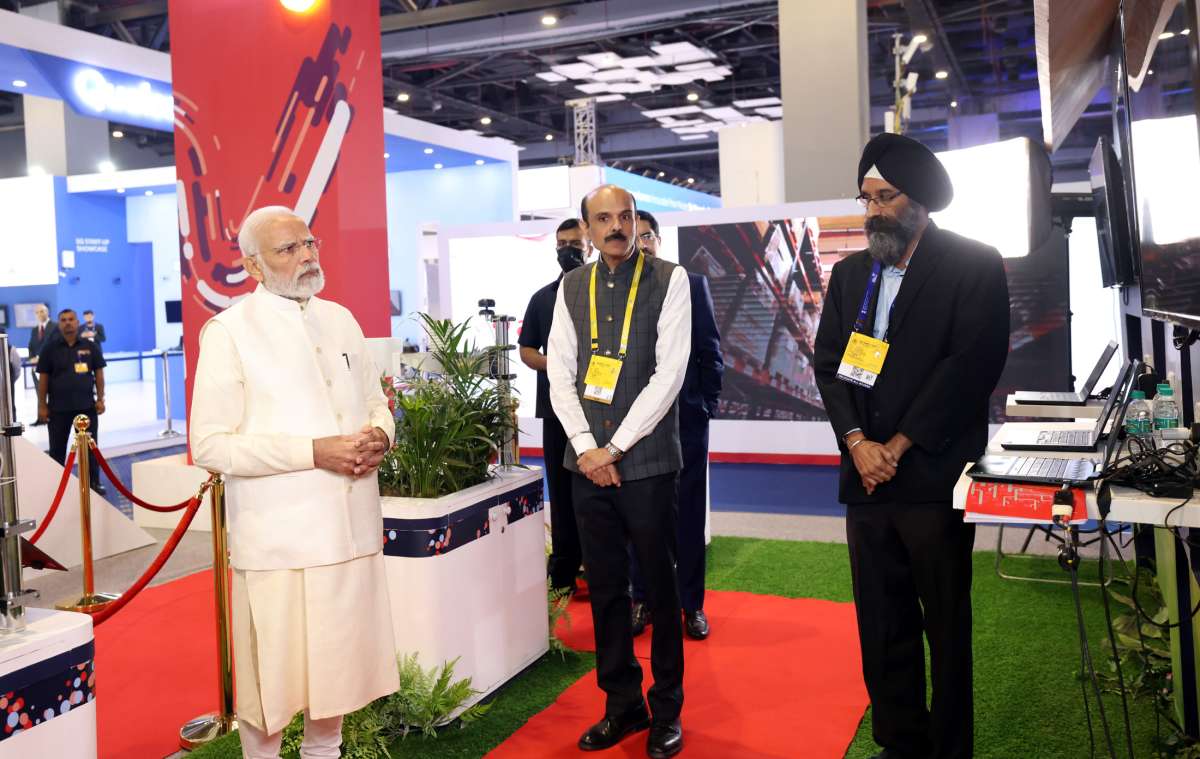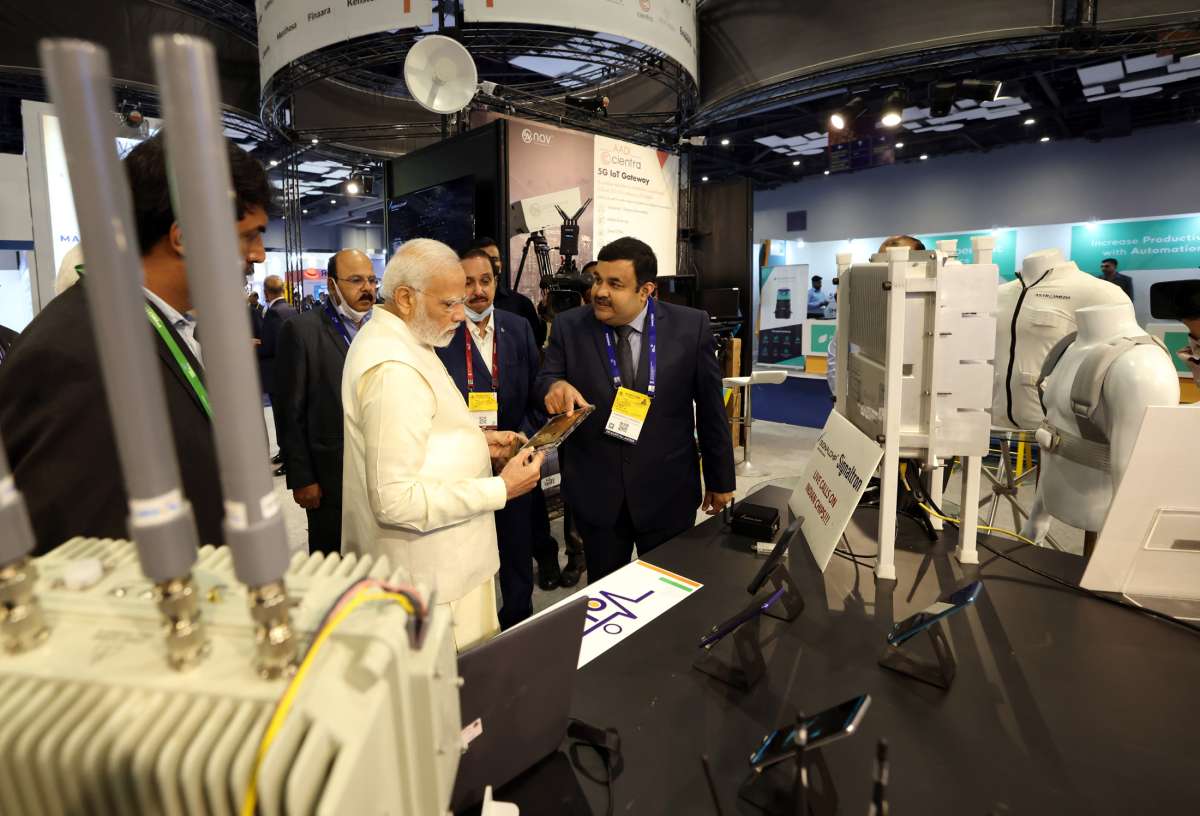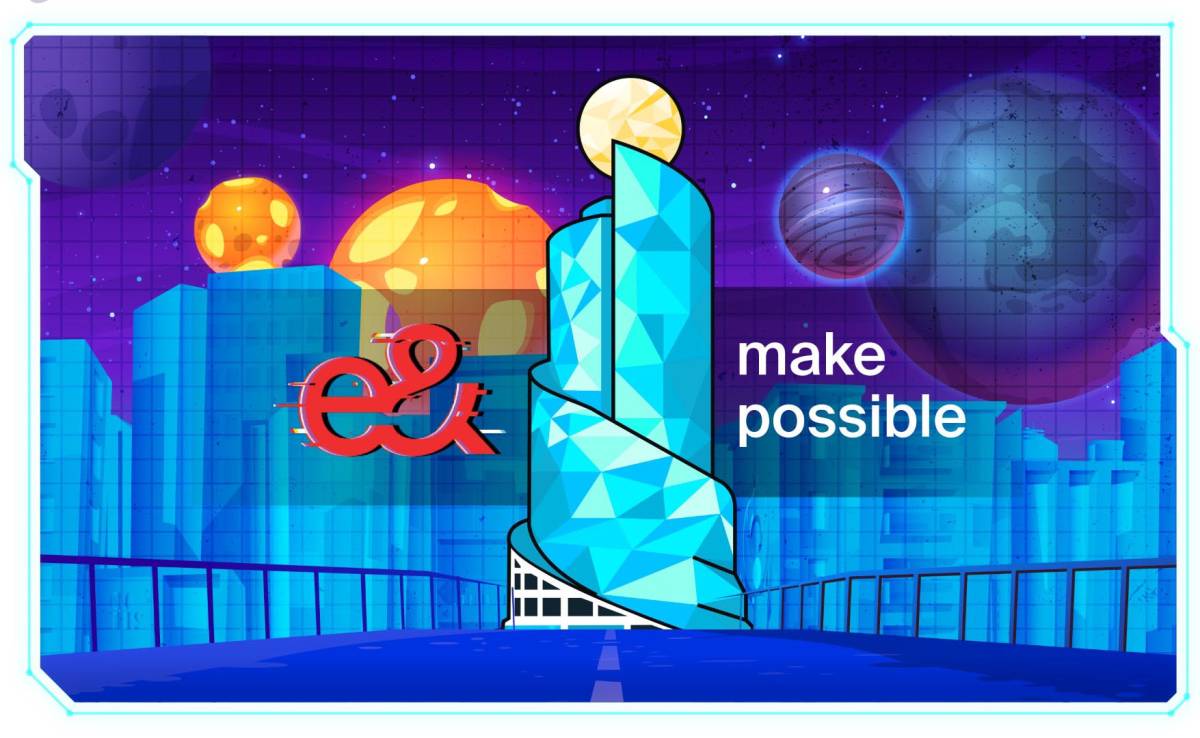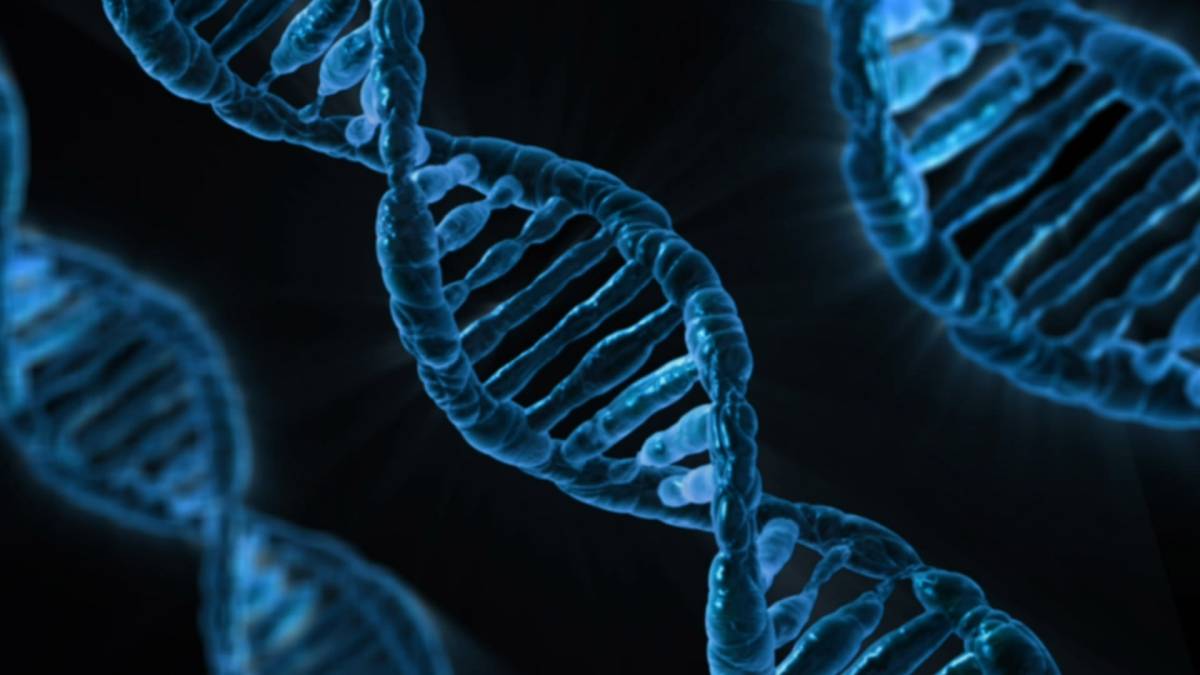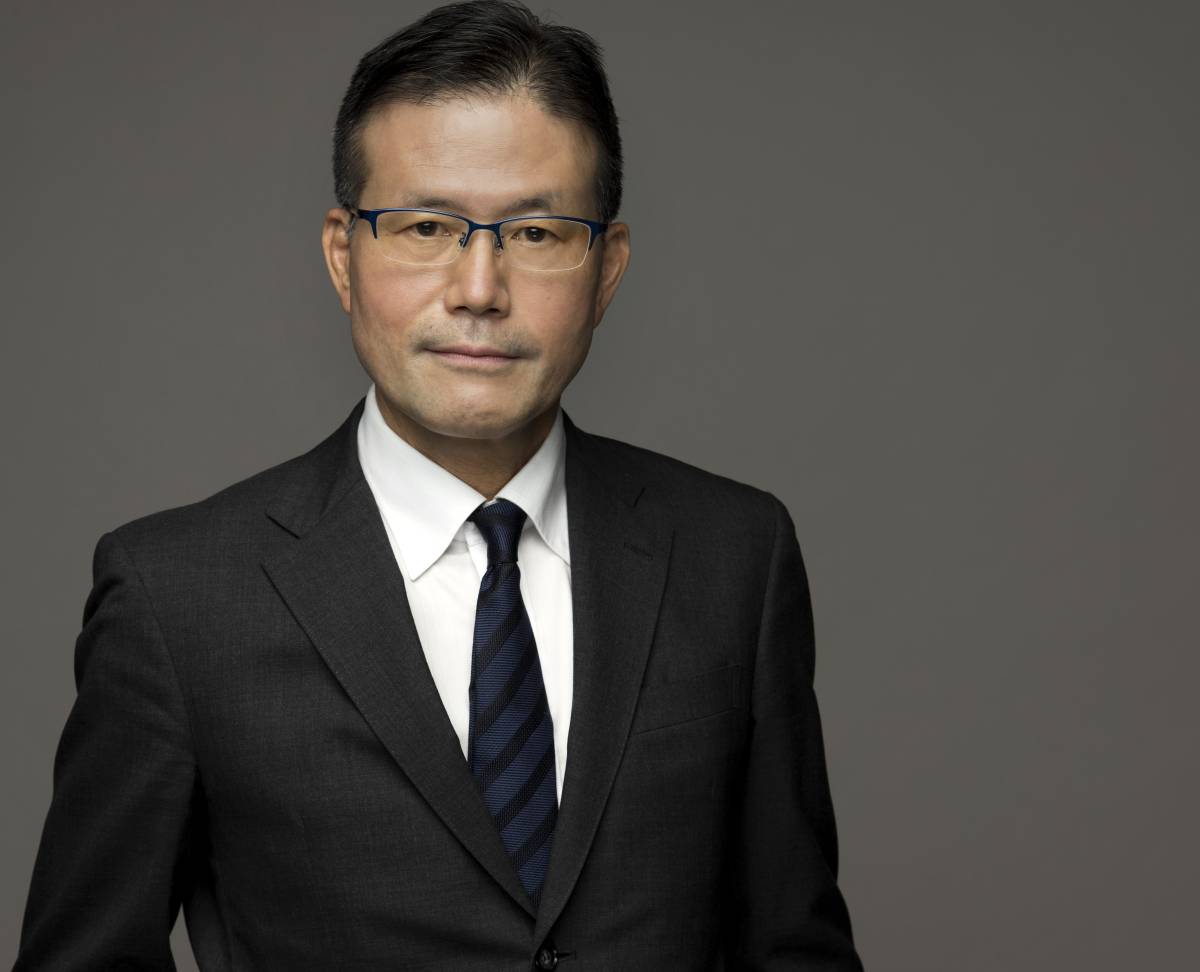“Food technology should encompass the imperative of science and long-standing cultural practices along with a vision towards sustainability”: An Interview with Gopika Jyothi By Aswin Prasanth
Gopika Jyothi began her professional journey soon after achieving her Bachelor’s Degree in Food Technology. She started modestly as a Quality Consultant in the field of Quality Management and later moved to AB Mauri India, as a Product Developer for the savory category. After serving the industry for five years, she moved to the Netherlands to pursue a Master’s in Food Technology from Wageningen University & Research.
Ms. Jyothi’s Master’s programme primarily focused on various aspects of product designing. After graduation, she joined the Global Specifications team at Danone in the Netherlands. She currently contributes her expertise to the development of Danone’s product line as a dedicated Product Developer within the Specialized Nutrition Category.

How do the nutritional value and shelf life of food products change as a result of food processing?
Both the nutritional content and the shelf life of food products undergo significant changes due to food processing. Throughout history, ancient methods have become integral to culinary traditions. One crucial aspect of processing involves extending the shelf life of food products. Preserving perishable food is a simple transformation technique that often masquerades as processing. Surprisingly, food processing encompasses even the basic function of cooking. Traditional ingredients like fire, heat, charcoal, and salt were the forerunners, but the advance of science brought about an era of complex food processing techniques. Methods like extrusion and freeze drying are some of the innovations that significantly improved the temporal stability of food.
Despite these advancements, the link between food processing and its impact on nutrition remained overlooked at first. Our ancestors notably lacked a complete understanding of this relationship. Nonetheless, a significant turning point emerged with the advent of techniques like fortification, which introduced the concept of nutritional enrichment. This shift in thinking was driven by nutritional awareness among the consumers. The establishment of dietary requirements played a pivotal role in fostering the connection between nutritional elements and food processing methods, contributing to the growth of this field.
What are the potential benefits and challenges of cultured meat production when compared to traditional meat production?
The idea of producing cultured meat emerged in the early 2000s, at a time when concerns about animal welfare and sustainability were becoming increasingly important. This innovative approach has a significant ethical dimension as it eliminates the need to slaughter animals. Instead, it involves growing meat cells through artificial methods in labs, thereby giving a chance to enhance the nutritional value and to use various techniques. Thus, by embracing this method, there is an opportunity to make meat more nutritious and save numerous animal lives. In addition to animal welfare, cultured meat also presents a multi-faceted solution that also addresses the urgent problems of climate change arising from the meat industry.
However, the adoption of cultured meat faces resistance due to consumer skepticism. People’s natural tendency to be cautious about change presents a significant hurdle that requires time to overcome. A major challenge revolves around recreating the familiar texture of actual meat, which is made more difficult by its subjective nature and people’s existing familiarity with its taste. Achieving the right sensory experience emerges as one of the most complex and intimidating aspects of incorporating cultured meat into the wider world of cuisine.

How exactly is 3D printing being put to use within the food industry? Moreover, what intriguing possibilities does it bring to the table for crafting personalized nutrition and innovative food designs?
The rising trend of 3D printing has now expanded into the realm of food design, bringing with it the exciting potential to elevate different aspects of our food. This technology is not just about making things look better – it is about refining textures and appearances, all the while achieving an unmatched level of precision. With the magic of 3D printing, we can add a whole new layer of sophistication to the dishes we create in the kitchen. What is even more remarkable is that this technology has paved the way for things like plant-based 3D printed steaks and innovative fish products. These creations not only offer a sustainable and environmentally friendly option but also address important ethical considerations by reducing carbon emissions. However, recreating the full sensory experience, especially the unique feeling in the mouth while eating, presents a significant obstacle in the world of 3D printed cuisine.
While 3D printing in food design shows great potential, there are still doubts about whether it can truly address individual nutrition requirements and capture essential sensory elements.
How can food technology contribute to mitigating the effects of climate change in agriculture and food production?
Lately, a marked shift in focus is observed within food industry towards sustainability. Vegan and cultured meat products testify to this new trend. Both kinds of products have a crucial role in helping to reduce the resource-heavy methods used in the meat industry. When we adopt these options, we lessen the pressure on our land and water resources. This also means that we do not have to rely heavily on animal farms and it helps to lower the amount of carbon emissions they produce.
The traditional ways of farming for the meat industry have caused a big problem by using a lot of land and water, which in turn has a big impact on our climate. But now, thanks to the advancements in food technology, we expect to have promising solutions. By carefully choosing the right materials and improving the processes, we can actually produce more meat with less impact, which is good for both our environment and our food supply.
Another aspect to think about is the challenge of making sure these advancements reach the general population. By doing so, we must also recognize that the food industry has its own environmental impacts. Let us consider a relevant example: the complex logistics system involved in the industry is to make the food reach as many people as possible. Think about the intricate network of supply chains, transportation, and distribution channels. All these components add up to the carbon footprint, highlighting the many ways how food technology is connected to climate change.
What are the ethical considerations surrounding the development and consumption of Genetically Modified (GM) foods through biotechnology?
Different countries have different opinions when it comes to accepting Genetically Modified (GM) foods. Not all nations have banned the use of GM foods.
These foods are created by making changes to the genes of plants or crops that can result in some really useful qualities. For instance, we can have tomatoes that are vibrant red in color, or wheat that stays fresh for a longer time without spoiling. One big advantage of this technology is that it allows scientists to get rid of genes in crops that may be detrimental to its growth or quality. This means that we can grow crops that are healthier and more resistant.
However, the ethical dimension of GM foods warrants consideration, as it involves the deliberate manipulation or alteration of something that is natural. This interference with the natural order evokes skepticism among individuals, stemming from concerns that we are tampering with the intrinsic essence of living organisms. The potential consequences of GM food production require a thorough and comprehensive investigation to achieve a deeper understanding.
ALSO READ-UAE calls on G20 to support global food-agri-climate framework



